Tom's Guide Verdict
The ViewSonic XG2703-GS boasts an attractive array of colors, lots of helpful presets and G-Sync capabilities, but asks too high a price.
Pros
- +
Excellent color gamut and accuracy
- +
Sensible presets
- +
Includes G-Sync
Cons
- -
Too expensive
- -
Confusing menu navigation
- -
A bit bulky
Why you can trust Tom's Guide
The ViewSonic XG2703-GS ($700) boasts an attractive array of colors, lots of helpful presets, G-Sync capabilities and crisp quad-HD resolutions. However, you'll have to live with a confusing menu system, abstruse volume controls and a high price tag that may leave you scratching your head. If you've got the money, and your PC isn't quite powerful enough for 4K gaming, the XG2703-GS gets the job done, although it shouldn't be the only quad-HD monitor you consider.
Design
The XG2703-GS verges on the cusp of overdesign, though it still manages to look cool rather than garish. The 27-inch monitor is a plain black rectangle with a small green highlight on top, and a large stand with LED lighting. The illumination defaults to an innocuous white and green, although you can add reds and yellows in the system menu if you prefer something a little bolder. While the stand is much larger than it really needs to be — probably to accommodate the lights — it's still a pretty monitor that doesn't draw too much attention away from whatever you're doing onscreen.
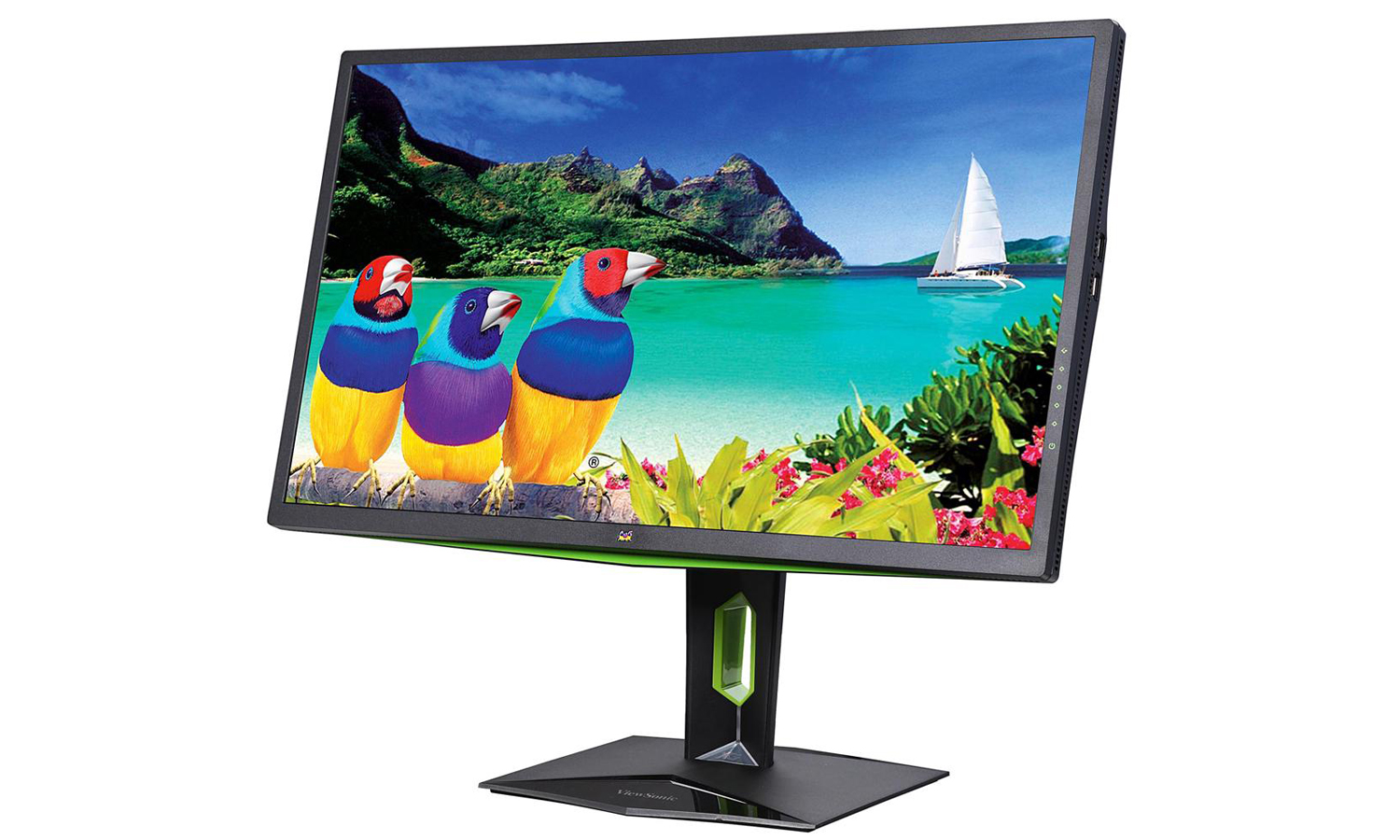
Adjusting the monitor is extremely simple. Once you've attached it to the stand (which requires only a steady hand and a little force), you can move it up and down, as well as tilt it in a variety of directions. You can even get a full vertical conformation, which can be extremely useful for productivity.
Ports and Interface
Unlike some of its competitors, the XG2703-GS is surprisingly light on ports. You can hook it up to your PC with either a DisplayPort or an HDMI cable. There are also two USB ports and a 3.5 mm audio jack. Compared with some monitors that are positively replete with USB hookups (some of which will charge your devices even when the monitor is turned off), the XG2703-GS features a fairly sparse design. But you won't have a whole lot of empty ports that you don't need, which may be worth the trade-off.
If only the buttons weren't so difficult to use, I would say that the XG2703-GS had one of the better menus I'd seen in a gaming monitor.
MORE: Best Gaming Monitors
The menus on the XG2703-GS are a mixed bag. They're fast, snappy and intuitive, but they're also a pain to navigate, thanks to small, inconveniently placed physical buttons. Rather than buttons directly underneath the monitor, or more convenient haptic controls, the XG2703-GS uses tiny, flipper-style buttons on the back right side to navigate. This means you can't actually see the five buttons you're pressing – four for navigation and one for power. If you think this sounds like a recipe for constantly inputting the wrong command, your thinking is correct.

The buttons feel identical to one another, and they're just small enough that one finger can't rest comfortably on a single one. I constantly hit the wrong button, either confirming the wrong command or exiting the menu entirely. This was especially a problem when it came to controlling the monitor's speakers. There are no discrete volume controls; instead, you have to access the main menu, select the volume menu, confirm that you want to adjust the volume, adjust the value up and down, confirm your adjustments, and then exit the menu. Now imagine that one false move sends you back to where you started, and you can imagine why it's more convenient to just invest in a gaming headset.
Overwatch looked absolutely gorgeous on the FPS 1 setting, with a darker overall tone and deep, rich colors that helped bring the cartoony world and characters to life.
Assuming you can master the tricky buttons, though, I've encountered far worse menus in the monitor world. ViewSonic laid out each menu sensibly, from selecting presets, to fine-tuning color and contrast options, to checking the resolution and frame rate. Better still: the menus load extremely quickly, so even frequent mistakes due to fat fingers won't cost you much time. If only the buttons weren't so difficult to use, I would say that the XG2703-GS had one of the better menus I'd seen in a gaming monitor.
Performance
I put the XG2703-GS through its paces with Overwatch, StarCraft II: Nova Covert Ops, The Witcher 3: Wild Hunt and Marvel Heroes, each time trying a different preset to see how well the monitor's options synced up with what games actually need to look good. The monitor can support any resolution up to 2650 x 1440, putting it squarely between full HD and UHD peripherals.
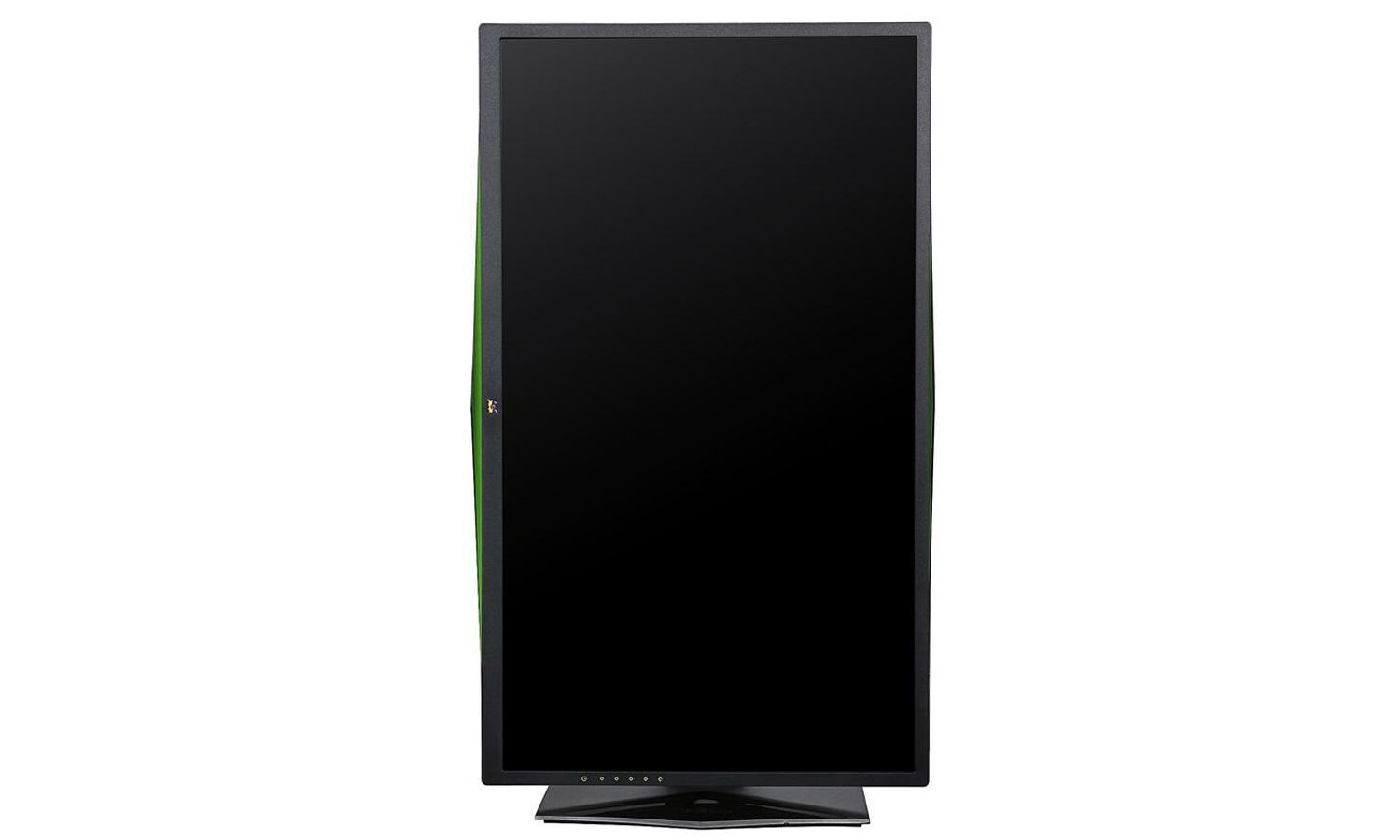
Overwatch looked absolutely gorgeous on the FPS 1 setting, with a darker overall tone and deep, rich colors that helped bring the cartoony world and characters to life. FPS 2 was a little too bright for my tastes, although it could theoretically be helpful on competitive shooters with darker color palettes, like Call of Duty or Battlefield.
The Gamer 1 and Gamer 2 settings also worked very well for Marvel Heroes and The Witcher 3 (I tried both presets with both games). Gamer 1 is a little brighter; Gamer 2 has a little more contrast, but both work well depending on your preferences.
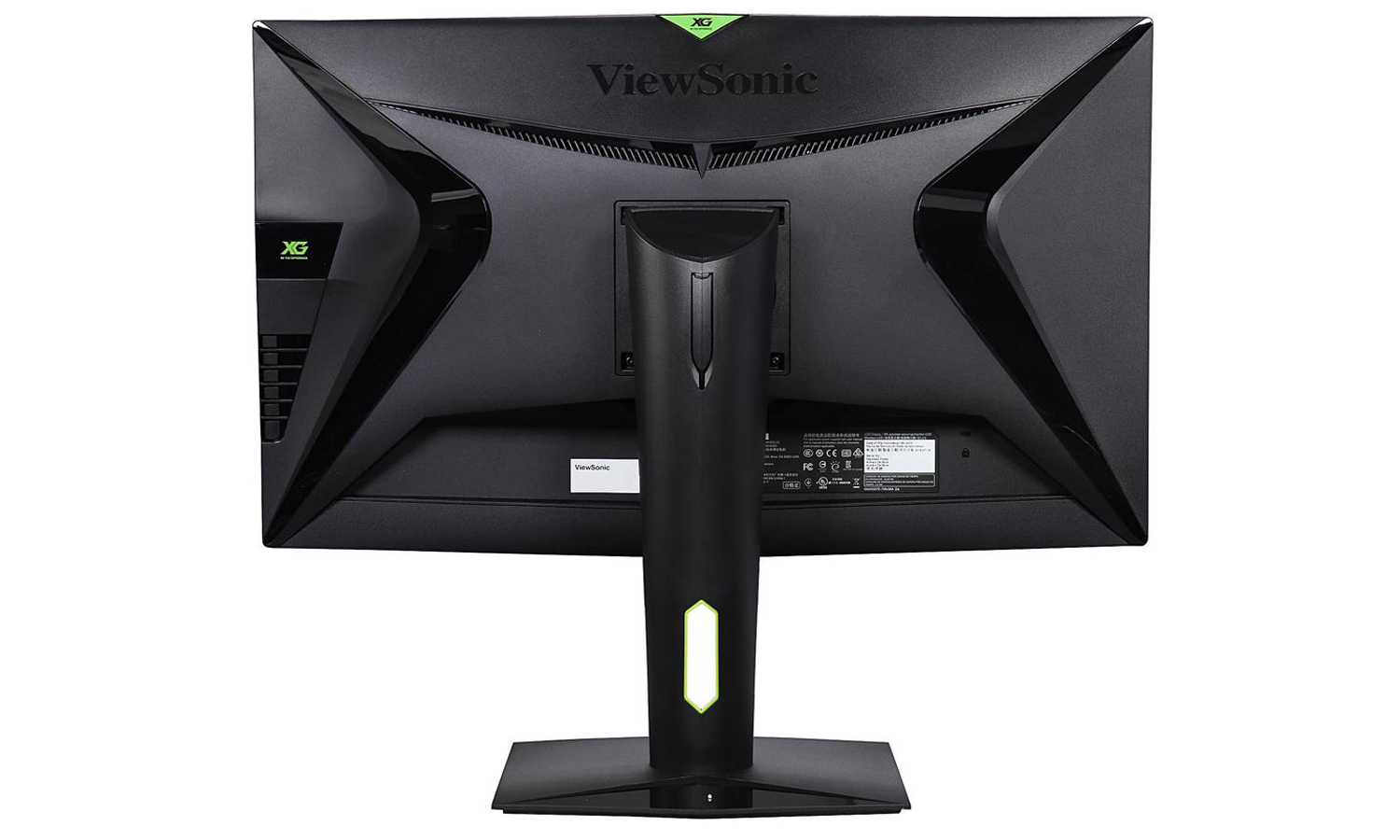
The only real problem I had was with StarCraft II, which I played on the RTS settings. I've found that other monitors tend to make RTS presets way too dark and up the contrast to really bring out the blacks (which is odd, considering that most RTS games use bright colors to differentiate playable factions). The XG2703-GS goes in the opposite direction by making the whole preset so bright that everything appears washed-out. You're better off on the much more balanced MOBA setting.
The XG2703-GS boasts excellent brightness and color options.
Still, from a mechanical perspective, the monitor worked as promised, supporting frame rates between 60 and 120, depending on the game. (The monitor is 165 Hz, so frame rates should not be a problem, depending on your PC).
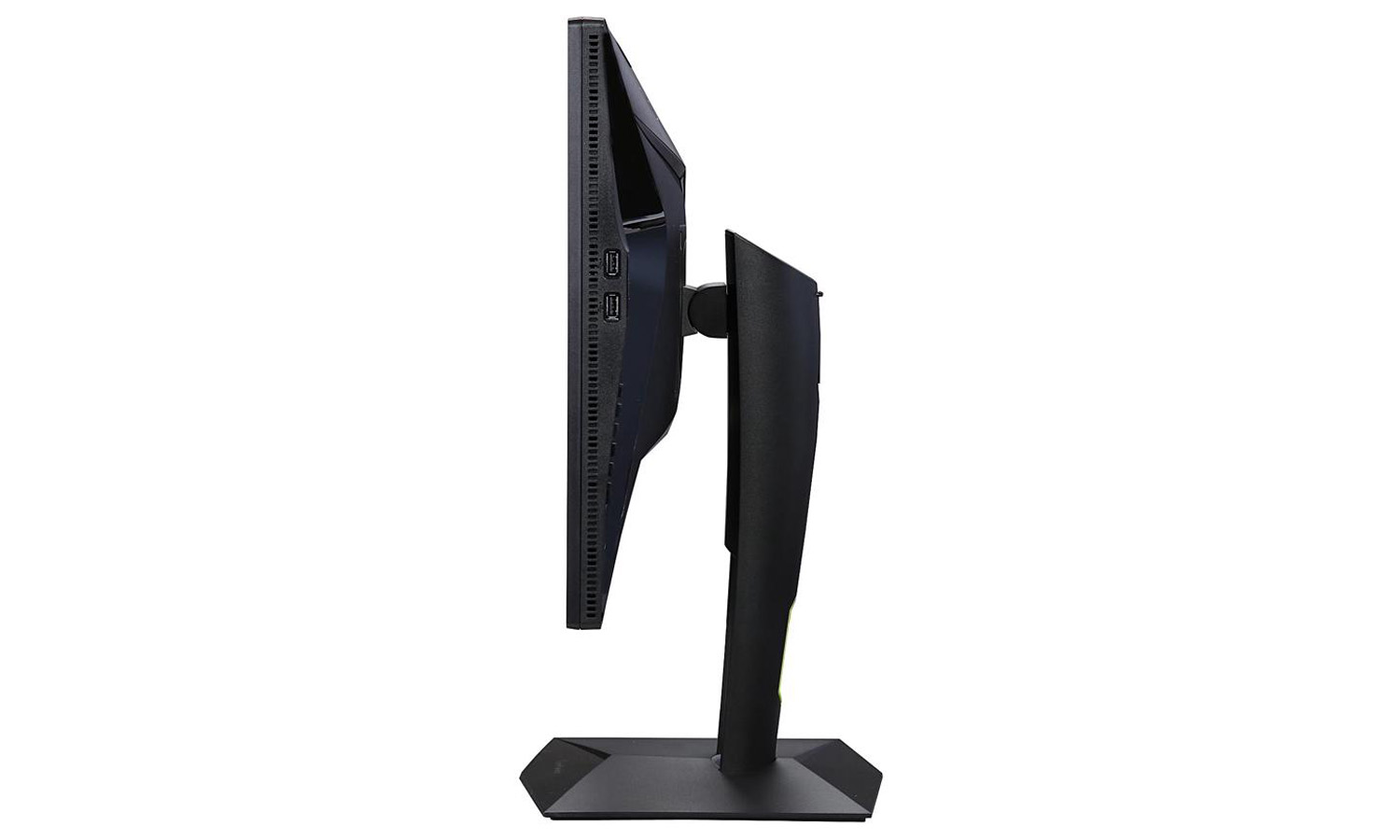
I played games both with and without the G-Sync functionality, which is supposed to smooth out frame rates and reduce tearing on machines with Nvidia graphics cards. G-Sync did not appear to make any difference in either frame rate or performance, but it's possible that users with older, less powerful cards could find this functionality useful.
Brightness and Color
Given its excellent in-game performance and decent presets, it's not surprising that the XG2703-GS boasts excellent brightness and color options, even compared with other impressive monitors on the market. The system achieves 316 nits of brightness, compared with the 24-inch quad-HD Dell Gaming Monitor's 284 or the category average of 247.
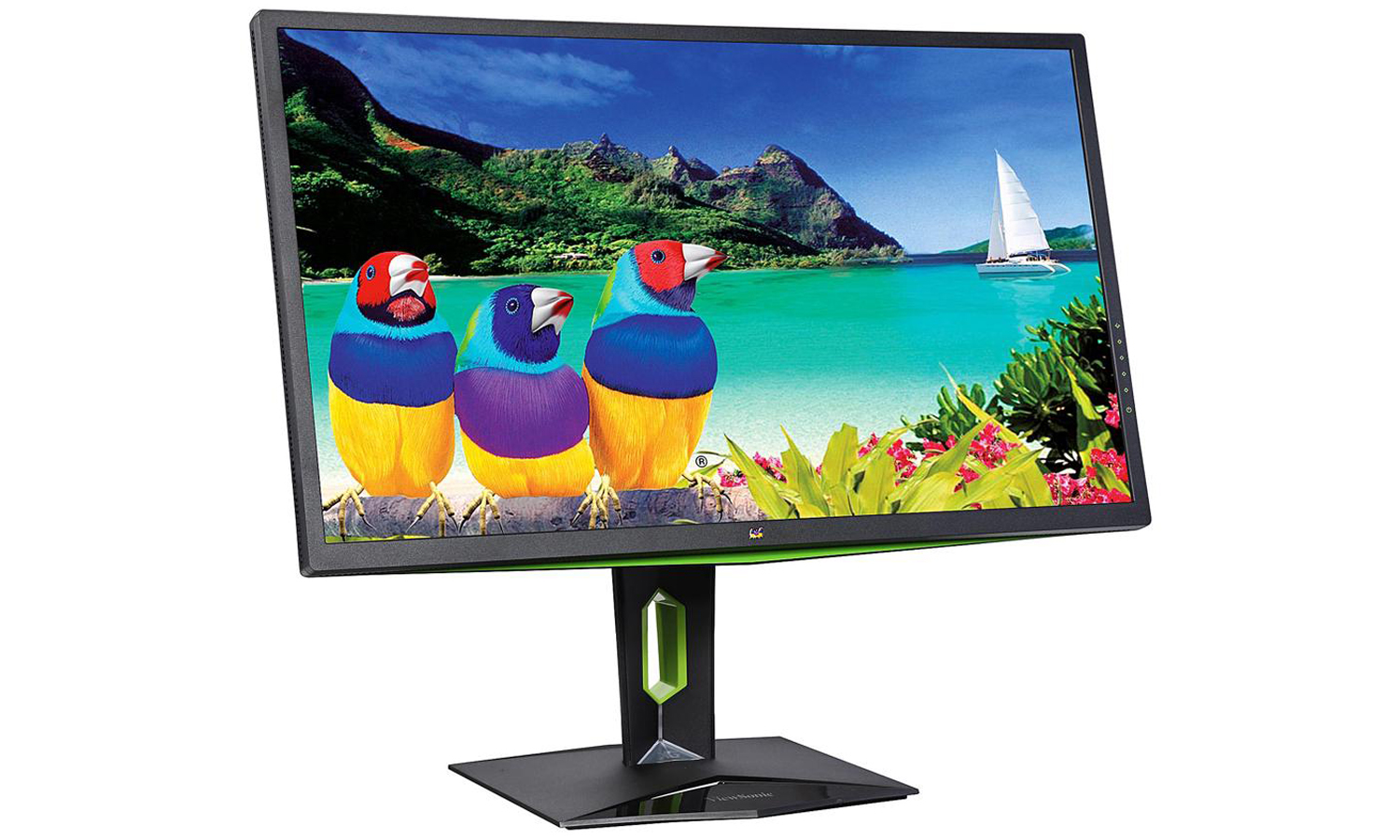
The XG2703-GS also surpasses both the Dell and the category average when it comes to color gamut: 129 percent of the sRGB spectrum versus 123 and 107, respectively. The color accuracy delta, in which numbers closer to zero are better, is similarly no contest: 0.95 for the ViewSonic, 1.88 for the Dell and 3.65 for the average.
All of this would be for naught if the color presets did not accurately reflect the system's beautiful color options, but they generally do. The XG2703-GS is a colorful, accurate display, and offers plenty of options for fine-tuning its many options.
MORE: The Best Gaming Laptops
Modes and Features
In addition to its myriad gaming presets, the XG2703-GS also offers preset color options for movies and web browsing, both of which work as advertised. In my experience, you can keep Gamer 1 on for almost any activity (and any game genre), but if you want your screen a little darker for Netflix or a little brighter for Word, the XG2703-GS will oblige.
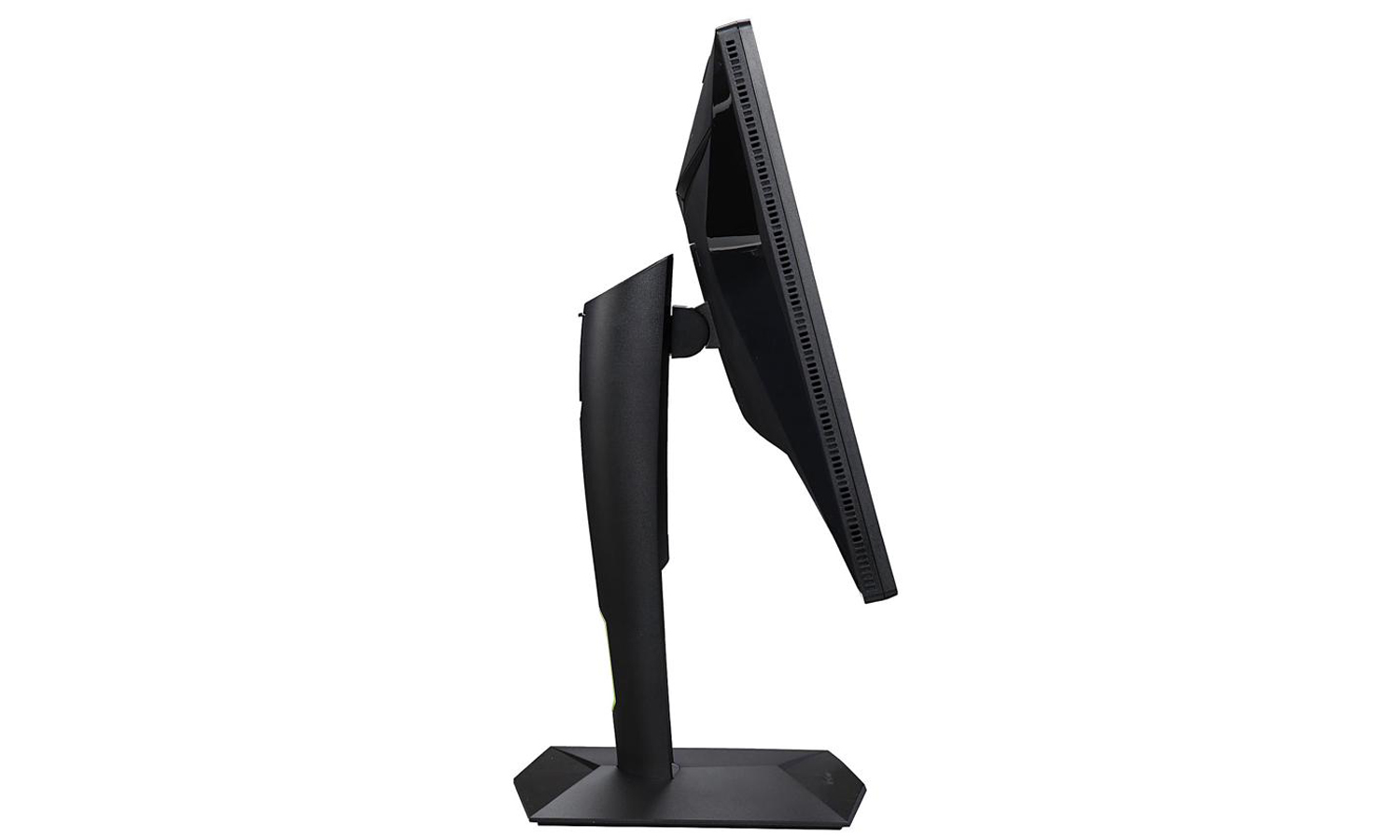
Aside from that, the only feature worth discussing is the speakers. Like most monitor speakers, they're unimpressive, blurring together music, sound effects and voice work into a sort of monotonic slurry. That having been said, I have heard much worse internal speakers than this, and if you're not willing to invest in better speakers or a headset, you can indeed play games right out of the box.
Bottom Line
A quad-HD monitor with relatively few extra features, the XG2703-GS costs more than it should. For less than $700, you can get a handful of perfectly decent 4K monitors, like the Acer B286HK ($500) or the Philips Brilliance 288P ($450). There's also Dell's quad-HD S2716DG, which offers similar features for as little as $499. Still, ViewSonic's monitor has gorgeous colors, useful presets and an attractive, if somewhat large, design.
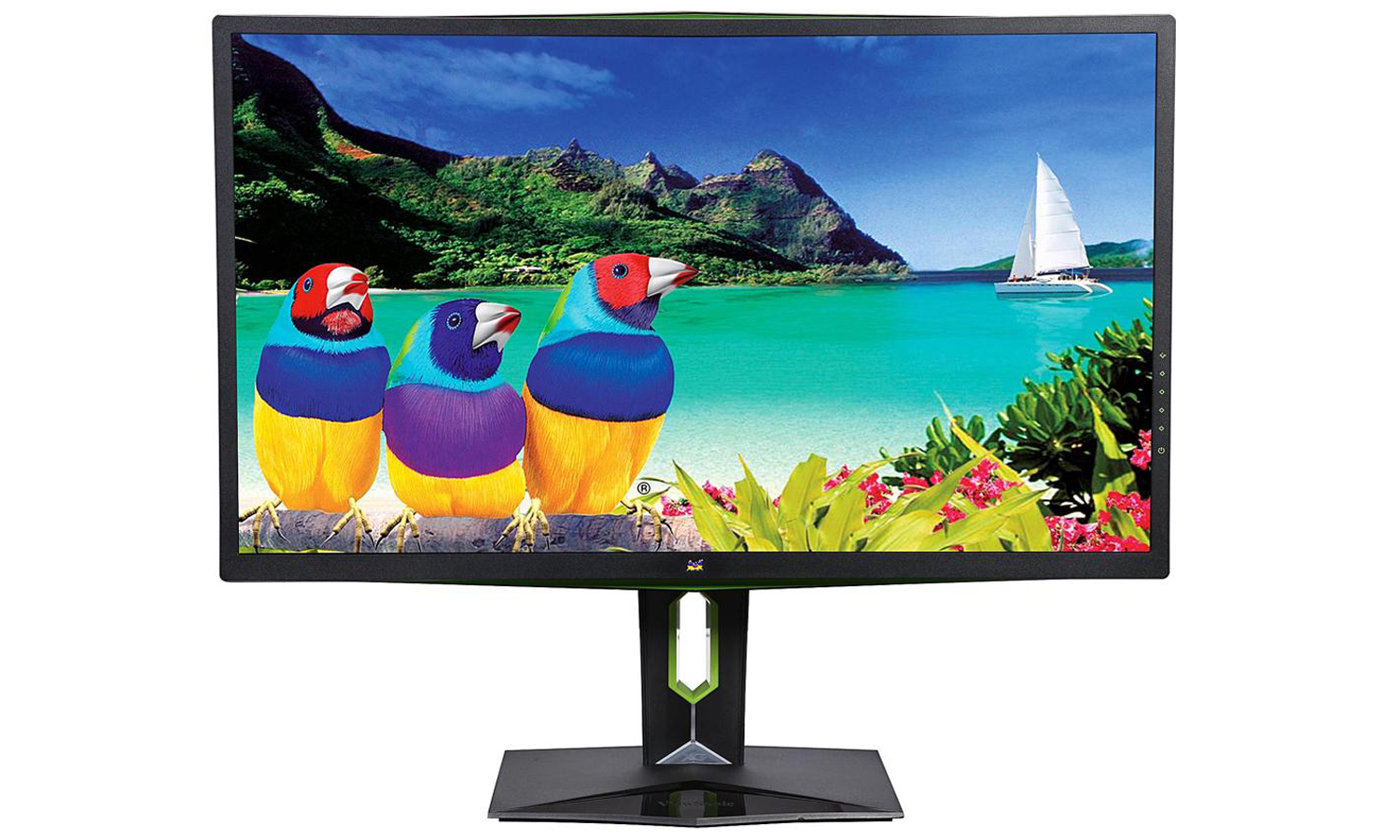
If you need a monitor with G-Sync and your PC is in that sweet spot between 1080p and 4K resolutions, the XG2703-GS is one of the stronger choices out there. But if you can buy something cheaper, in either resolution direction, that's a better option.
Marshall Honorof is a senior editor for Tom's Guide, overseeing the site's coverage of gaming hardware and software. He comes from a science writing background, having studied paleomammalogy, biological anthropology, and the history of science and technology. After hours, you can find him practicing taekwondo or doing deep dives on classic sci-fi.
-
BlakePE People complain all the time, nothing new, move along. But on a serious note, here in EU it will cost 900€ for sureReply

